Whenever we think of the objects that archaeologists discover at ancient sites what usually comes to mind are items made of precious metals or jewels. Artifacts like king Tutankhamun’s death mask or the jewels of Helen found at Troy are certainly among the most famous of archaeological finds. These are the sorts of archaeological treasure than we commonly find displayed in museums.
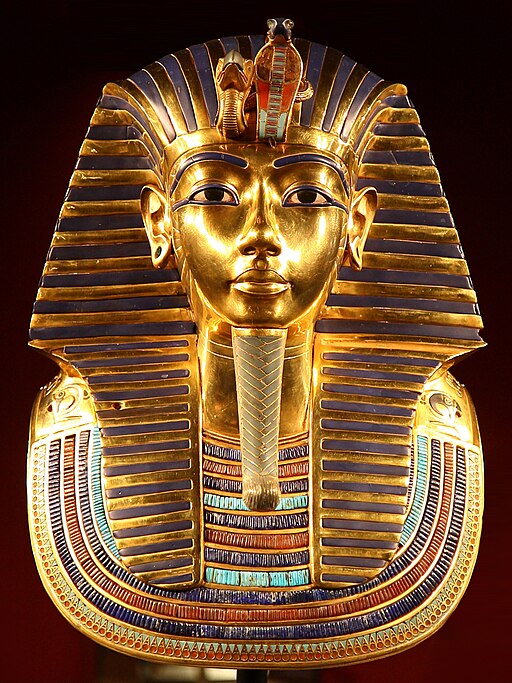
However there is another class of ancient ‘find’ that is far more valuable to archaeologists in their study of past cultures, language. Written records, whether on papyrus or vellum or even inscribed in stone can tell us much more about ancient peoples than gold or jeweled trinkets, if we can read them. Additionally there are the remains of bygone languages in the very words we use today, the study of which has it own special class of scholars, Philologists.

Today’s post is about two examples of how archaeologists study long forgotten languages, and how, using the most modern of techniques they are learning more about ancient peoples by better understanding their languages.

One of the earliest forms of writing is cuneiform, a technique that was developed to record the language of the ancient people of Mesopotamia, the Sumerians, Akkadians, Assyrians and Babylonians. Basically a scribe would take a soft clay tablet and, using a reed cut to a special wedge shape, make triangular marks in the clay that could be read by another scribe. The clay tablets were then fired just like a piece of pottery, producing a written record that can last for millennia.
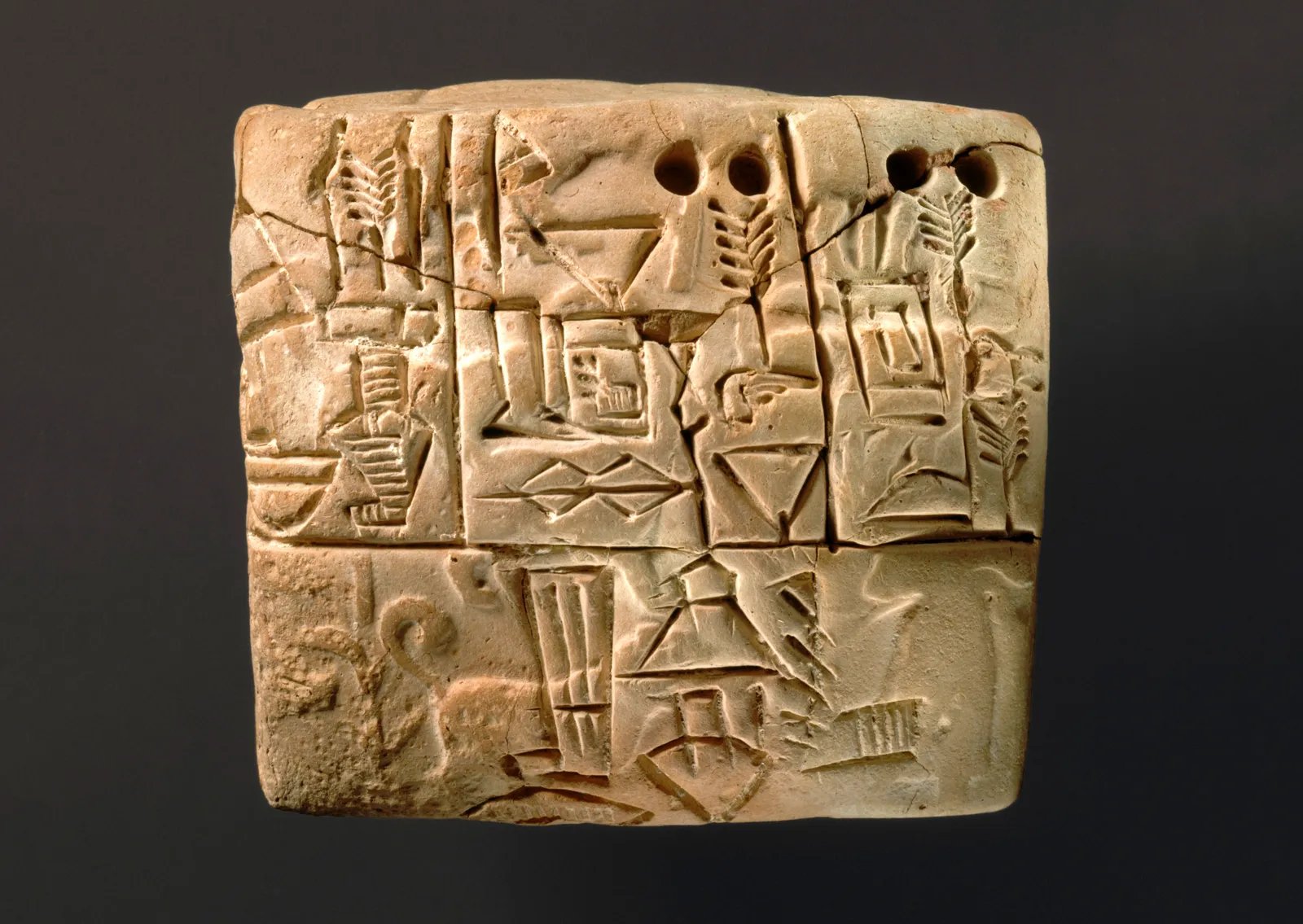
The Mesopotamians recorded everything, inventories of livestock or grain, tax revenues, speeches by their kings and of course stories like the saga of Gilgamesh. Hundreds of thousands of cuneiform tablets have been excavated from scores of different sites along the valley of the Tigris and Euphrates rivers, writings that could contain a wealth of knowledge of the peoples of Mesopotamia.

The problem is that so very few modern scholars can read Mesopotamian cuneiform, and because of damage to the tablet, often large sections are simply gone, it can take even an expert weeks to decipher a single record. Because of this only a small percentage of cuneiform tablets have ever been read. No one knows what priceless piece of history remains unknown simply because the tablet on which it is written lies unread in the basement of some museum.
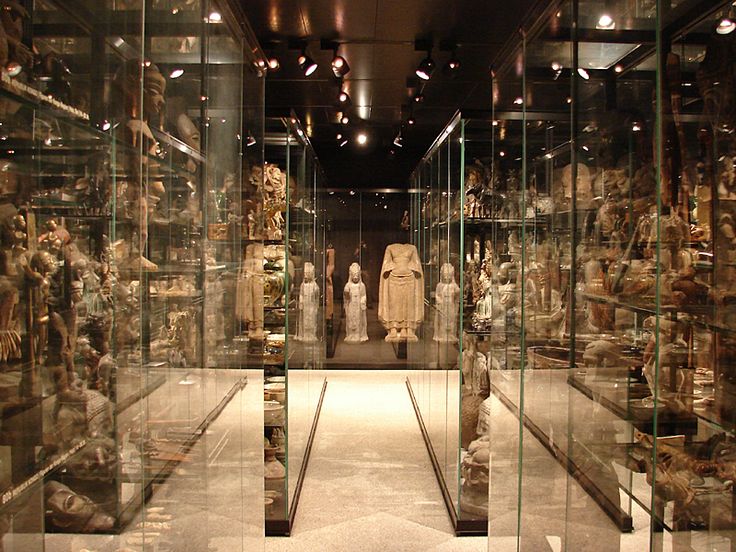
Enter a computer, an Artificial Intelligence algorithm to be exact. An interdisciplinary team of computer scientists and language historians, led by a Google software engineer and an Assyriologist from Arial University has trained an AI to perform translations of Mesopotamian cuneiform. After its development the AI was given a test of its abilities known as the Best Bilingual Evaluation Understudy 4, the same test that a human student of cuneiform would take as a evaluation. The AI’s score was better that the team had expected and good enough to be considered ‘High Quality Translations’.

The AI model did show difficulty in understanding some of the nuances of translations, idioms that have no exact counterpart in English for example. Even with the occasional error however the fact that the AI could produce translations in seconds has led the researchers to suggest that it be used to translate inventories and other mundane writings. If the AI’s translation indicates that the tablet is something more interesting, a peace treaty between two warring cities for example, then a human translator can quickly check the work, just to be certain. With more experience the translation AI will be progressively better so that, in perhaps just a few years the massive backlog of cuneiform tablets will finally be read.
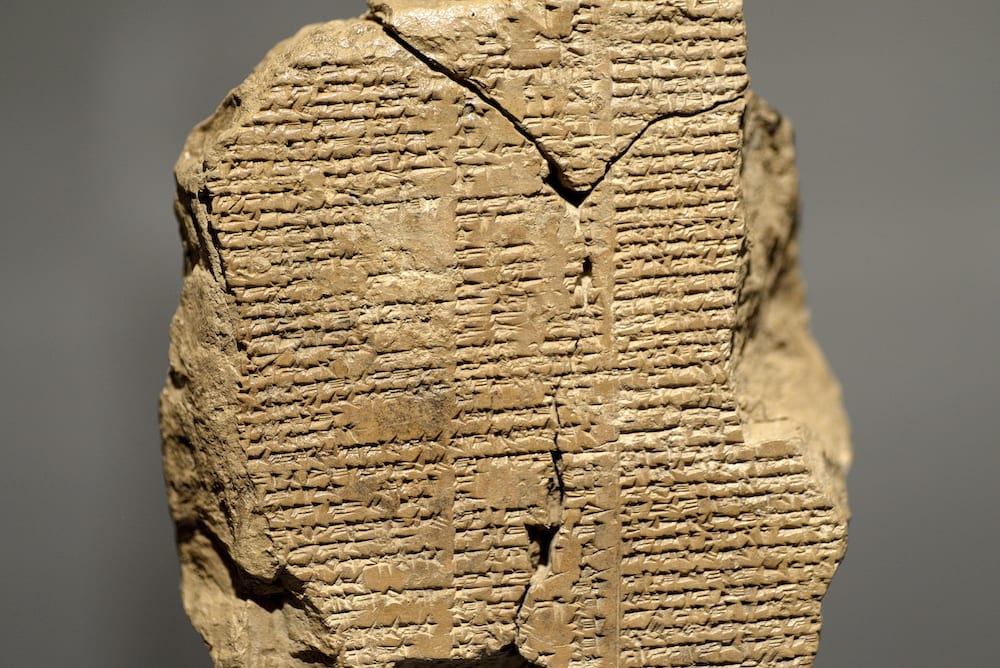
Clay tablets containing cuneiform markings are actual physical objects whose survival after thousands of years allows modern scholars to recreate the dead languages of ancient Mesopotamia, but how can anyone reconstruct a dead language for which there are no written records. That is the problem facing scholars who try to understand the origins of the large group of modern languages known as Indo-European.
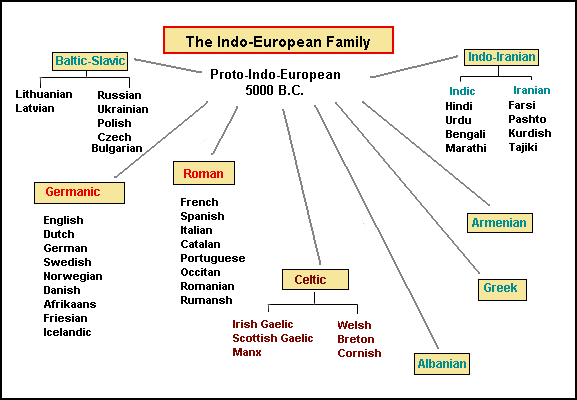
So how do philologists know that certain languages, say English and Persian for example, are actually related, that they evolved from a common language, proto-Indo-European that was spoken in prehistoric times. The historic records give us a start. We know that in the 5th century CE Germanic tribes called the Angles and the Saxons invaded Roman Britain and the language they spoke became modern English, so English is a dialect of German. Or we can look at the number of similar words, like how the English Water = German Wasser, or Mother = Mütter, or Morning = Morgen and etc. In the same way we know that modern Italian, Spanish and French all descend from Latin.
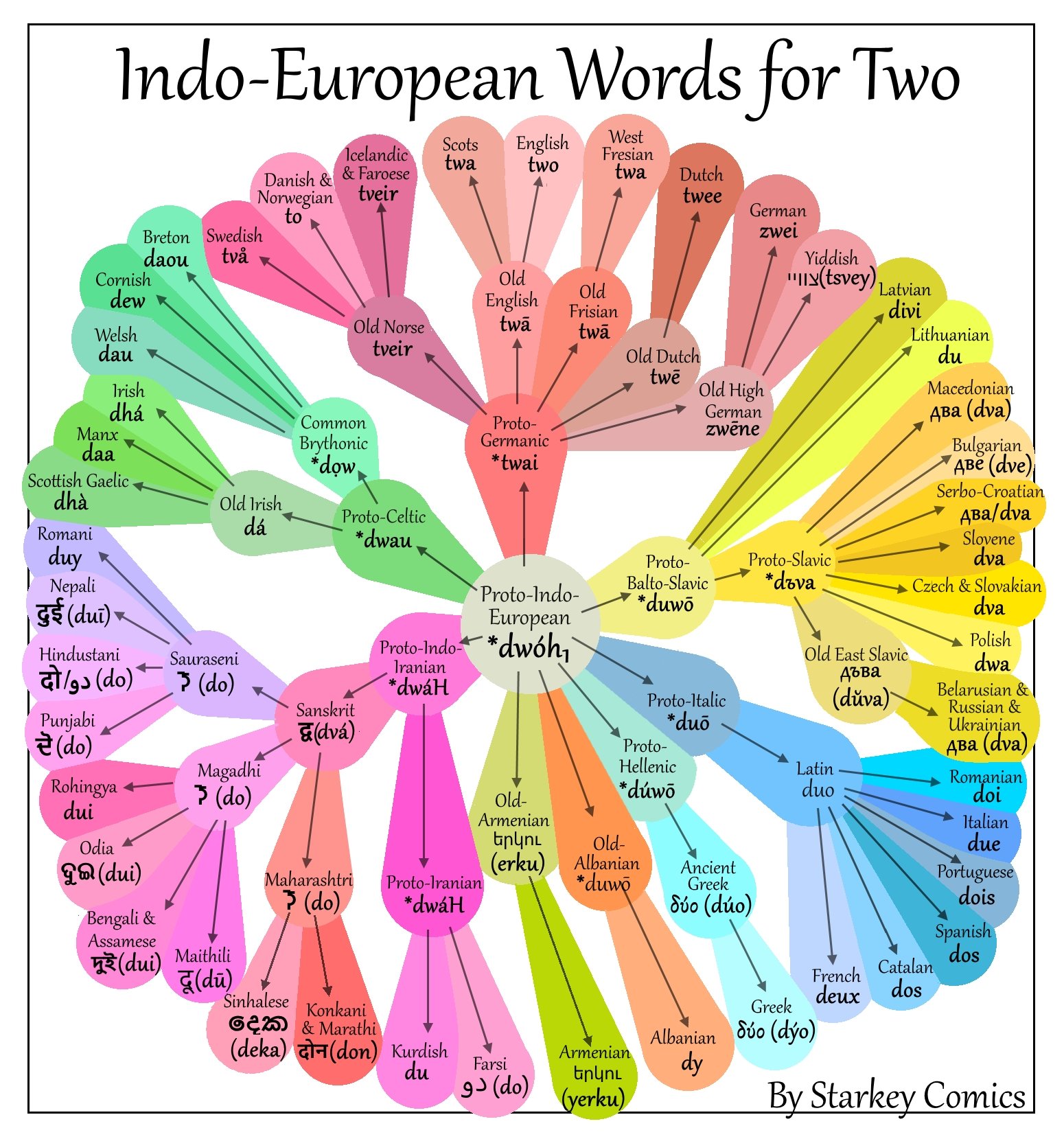
Then, in the late 19th century British Officers serving in India came upon a number of ancient scrolls in Sanskrit, the ancient ancestor to modern Hindi. Those officers, educated at either Oxford or Cambridge, were shocked to realize that Sanskrit was an awful lot like Greek, so Sanskrit and therefore Hindi are a part of the Indo-European languages.
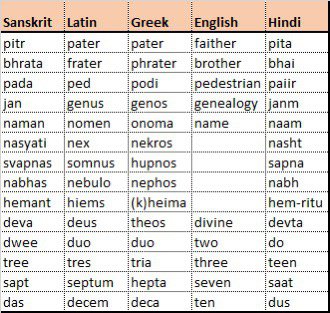
Today there are over 160 languages that are recognized as being a part of the Indo-European group, including more than 50 that are officially dead, that is, no one alive today speaks them as their primary tongue. Nearly half the people in the world speak an Indo-European language.

So the questions of where and when was the original proto-Indo-European language spoken is one of the most important in all of anthropology. Many theories have been proposed, often without much evidence and much blood has been spilled in the arguments.

I’m not kidding about the blood, before World War 2 the Nazi maintained that Germany was the site of the original proto-Indo-Europeans, whom they called the ‘Aryans’ and that they were the pure descendants of the Aryans, everyone else being of ‘inferior’ blood. Such was the basis for their racial cleansing and the holocaust.
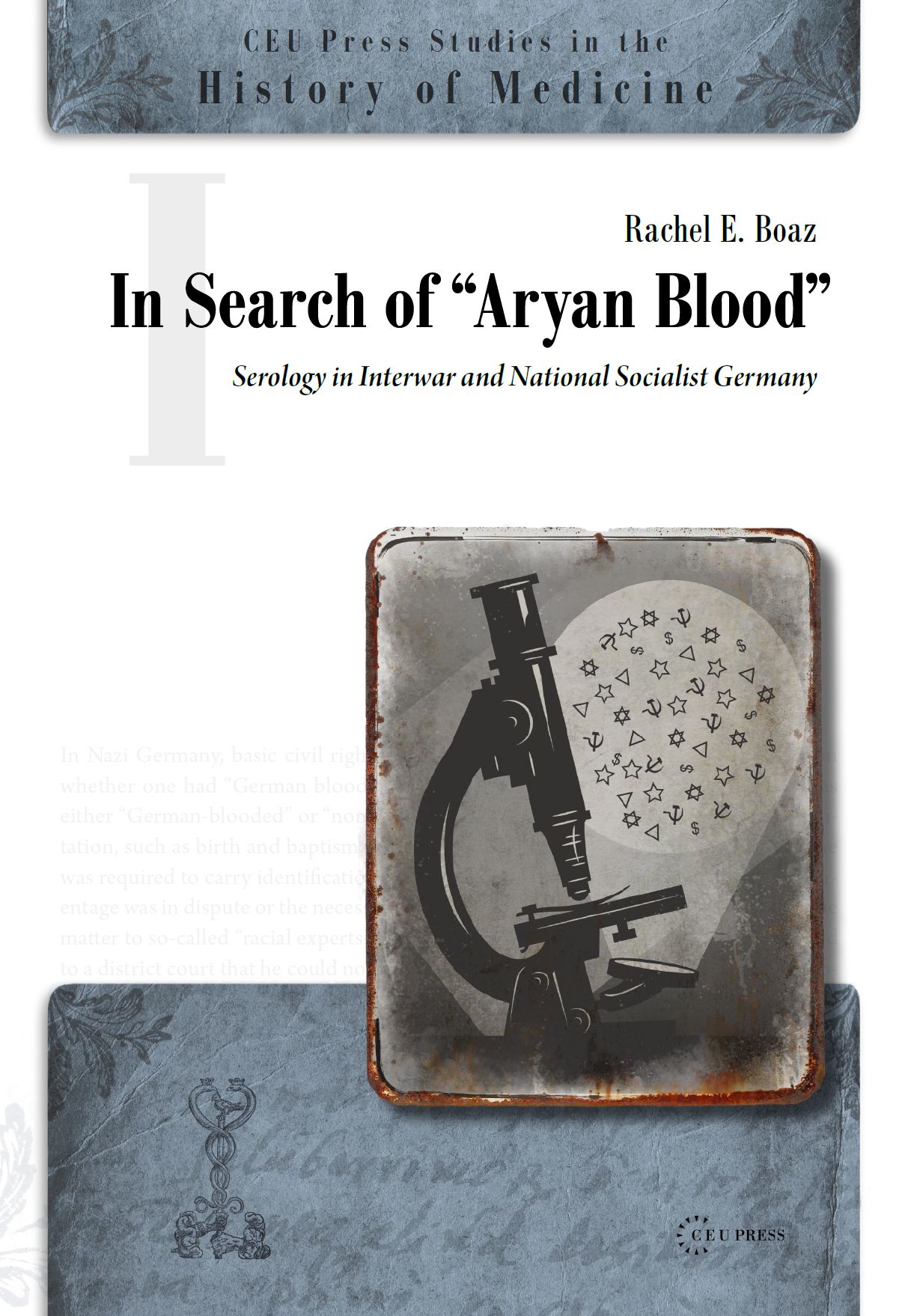
Most modern scholarship however considers that the steppes of Russia-Ukraine directly north of the Black Sea or the area of the Caucus Mountains where Turkey, Iran and Armenia come together are the likeliest places for the proto-Indo-Europeans with a time frame between 5,000 and 9,000 years ago. Now an international team of linguists and geneticists led by the Max Planck Institute of Evolutionary Anthropology in Leipzig have established the largest ever dataset of both language and genetic correlations of Indo-European words and people.

Using a computer algorithm the team performed a Bayesian phylogenetic analysis of all of their data. What the analysis concluded was that the original home of the Indo-European languages was in the Caucus mountains of eastern Anatolia about 8,100 years ago but that by 7,000 years ago there was already a split into five main branches with many going to the steppe region north of the Black Sea. In other words the answer appears to be a mixture of the two leading theories.
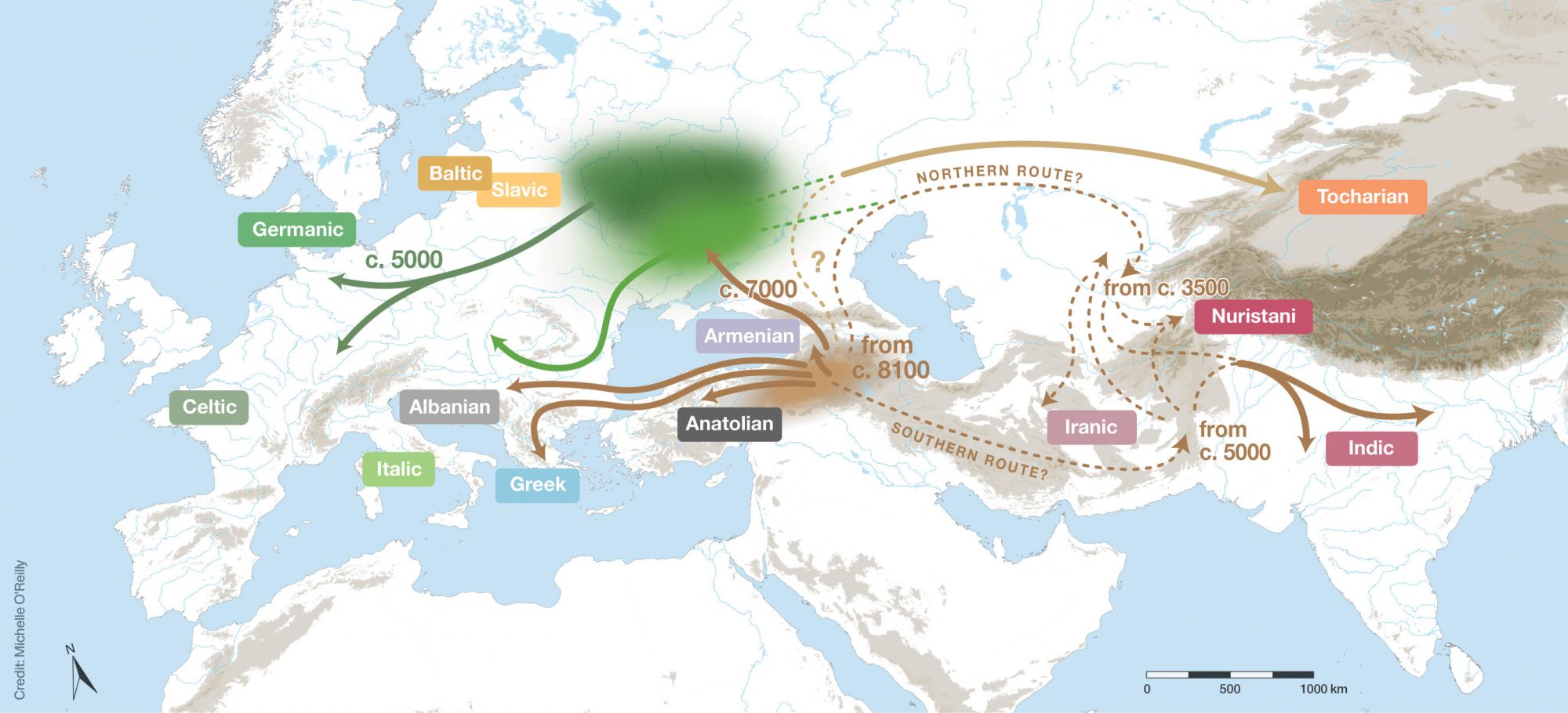
Language is very much a part of the foundation of civilization; as such it is one of the primary concerns of anthropology and archaeology. Studying the language of ancient peoples is essential in order to understand their lives.
